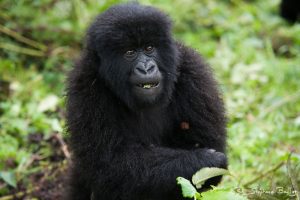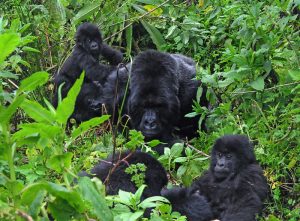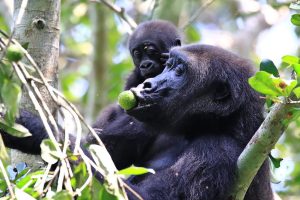Why is Gorilla trekking so expensive?
Gorilla trekking is an extraordinary adventure that promises an intimate encounter with the majestic mountain gorillas in their natural habitat. As you plan this once-in-a-lifetime experience, it’s natural to wonder why is gorilla trekking so expensive. Abunda Discoveries Uganda invites you to delve into the factors that contribute to the cost of gorilla trekking and gain a deeper understanding of the value behind this unique wildlife encounter.
Conservation Efforts:
One of the primary reasons for the high cost of gorilla trekking is the significant investment in conservation efforts. The funds generated from permit fees contribute directly to the conservation and protection of the gorillas’ natural habitats, ensuring the long-term survival of these endangered species.
Limited Access and Permits:
The limited availability of permits drives up their value, making them a significant portion of the overall cost. The reason is the to give clients the best experience and having having few gorilla families as they are training more gorillas which are wild.
Expert Guides and Trackers:
To ensure a safe and enriching experience, gorilla trekking expeditions are led by expert guides and trackers who possess in-depth knowledge of the gorillas’ behavior, habitats, and the surrounding ecosystems. These professionals play a crucial role in enhancing the quality of the trekking experience but also contribute to the overall cost.
Community Involvement:
Gorilla trekking activities are often closely linked to local communities, The fees associated with gorilla trekking contribute to fostering positive relationships and sustainable development in the surrounding areas like building schools, Hospitals taking, care of children who lost their parents among others.
Permit Administration and Security:
The administrative processes involved in issuing gorilla trekking permits, along with the necessary security measures to protect both visitors and the gorillas, contribute to the overall cost. These efforts ensure a well-organized and secure environment for tourists and play a vital role in the sustainability of gorilla tourism.
Wildlife Monitoring and Research:
Ongoing wildlife monitoring and research initiatives are essential for understanding and conserving gorilla populations. The funds generated from gorilla trekking permit fees contribute to these scientific endeavors, helping researchers gather valuable data on gorilla behavior, health, and overall population dynamics.
Infrastructure and Access Challenges:
Many gorilla habitats are situated in remote and challenging terrains, requiring significant infrastructure investments to ensure safe access for tourists and conservationists. The development and maintenance of trails, visitor centers, and other facilities contribute to the overall cost of gorilla trekking.
Conclusion:
While the cost of gorilla trekking may initially seem steep, it is important to recognize that these fees play a crucial role in the conservation and preservation of these magnificent creatures. Abunda Discoveries Uganda encourages travelers to view gorilla trekking as a valuable investment in the protection of endangered species, local communities, and the delicate ecosystems that make this experience possible. By understanding the factors behind the expense, one can appreciate the meaningful impact that gorilla trekking has on both wildlife and the regions they call home.




